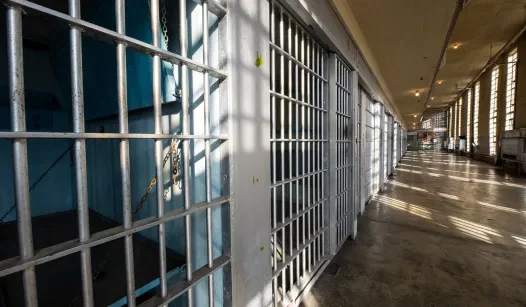In recent years, North Carolina has implemented significant changes to its bail laws, sparking a heated debate among lawmakers, law enforcement, and the general public. Proponents of these reforms argue that they aim to create a more equitable justice system, while critics contend that they undermine public safety and enable criminal behavior. This article delves into the implications of North Carolina’s bail reform, exploring its impact on the community and the ongoing discussions surrounding criminal justice policies.
The new bail laws in North Carolina are designed to reduce the number of individuals incarcerated simply because they cannot afford bail. Supporters claim that this approach is a step toward addressing systemic inequalities in the judicial system, where wealth often determines one’s freedom. By eliminating cash bail for low-level offenses, the state hopes to prevent the cycle of poverty and incarceration that disproportionately affects marginalized communities.
However, the implementation of these reforms has not come without controversy. Critics argue that the changes may inadvertently embolden repeat offenders, as individuals arrested for various crimes may be released without sufficient deterrents. Concerns have been raised about the potential for increased crime rates, particularly in urban areas where resources and community support may already be strained.
One of the primary arguments against the new bail system is that it could lead to a lack of accountability for individuals who commit crimes. Without the financial incentive to return for court appearances, some offenders may choose to skip their hearings, further complicating the judicial process. Law enforcement officials have expressed frustration, claiming that the reforms make it more challenging to ensure public safety and hold individuals accountable for their actions.
The debate surrounding North Carolina’s bail laws highlights a broader national conversation about criminal justice reform. Many states are grappling with similar issues, weighing the benefits of reform against the potential risks to public safety. Advocates for change argue that the current system disproportionately affects low-income individuals, while opponents caution that reforms must carefully balance the need for fairness with the imperative of maintaining community safety.
As discussions continue, it is essential for policymakers to consider the long-term effects of these reforms. Engaging with community stakeholders, law enforcement, and advocacy groups can help create a more comprehensive approach to bail reform that addresses the concerns of all parties involved. Striking a balance between justice and safety will be crucial as North Carolina navigates this contentious issue.
In conclusion, North Carolina’s bail reform represents a significant shift in the state’s approach to criminal justice. While the intention behind these changes is to create a fairer system, the potential consequences warrant careful consideration. As the state moves forward, ongoing dialogue and collaboration among all stakeholders will be vital in ensuring that the reforms serve the best interests of both individuals and the community at large.
